 |
| February 02, 2023 |
 |
| |
| Vaccines Should COVID Vaccines Be Given Yearly? Some scientists say the U.S. Food and Drug Administration's suggestion of updating COVID vaccines each year, as happens with influenza vaccines, could boost uptake. But others are less convinced | | By Max Kozlov,Nature magazine | | | |
| |
| Sleep Let Teenagers Sleep Despite years of evidence that starting school later promotes better health and improved grades, too few schools have adopted this measure | | | | |
| |
| Astrophysics Should You Really Worry about Solar Flares? The sun is unleashing powerful outbursts that could strike Earth, but these events are far more common—and much less worrisome—than some hyped headlines suggest | | | | |
| |
FROM THE STORE
 | | | |
FROM THE ARCHIVE
 | | | |
| |
LATEST ISSUES
 |
| |
| Questions? Comments?  | |
| Download the Scientific American App |
| |
| |


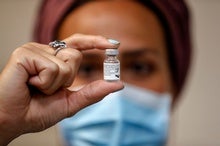
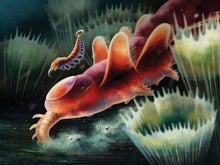
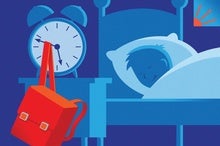
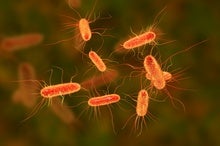


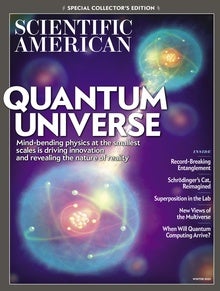


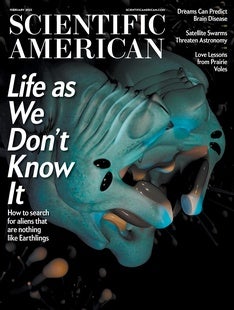

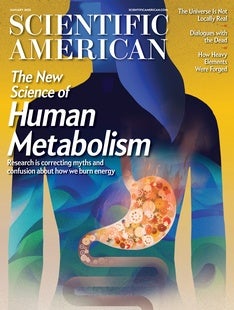
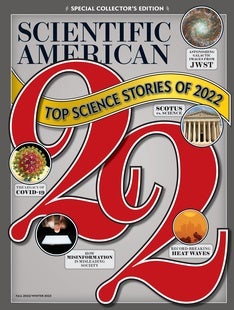
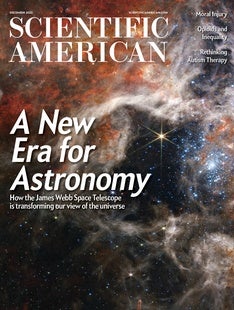



Comments
Post a Comment